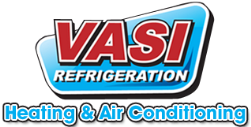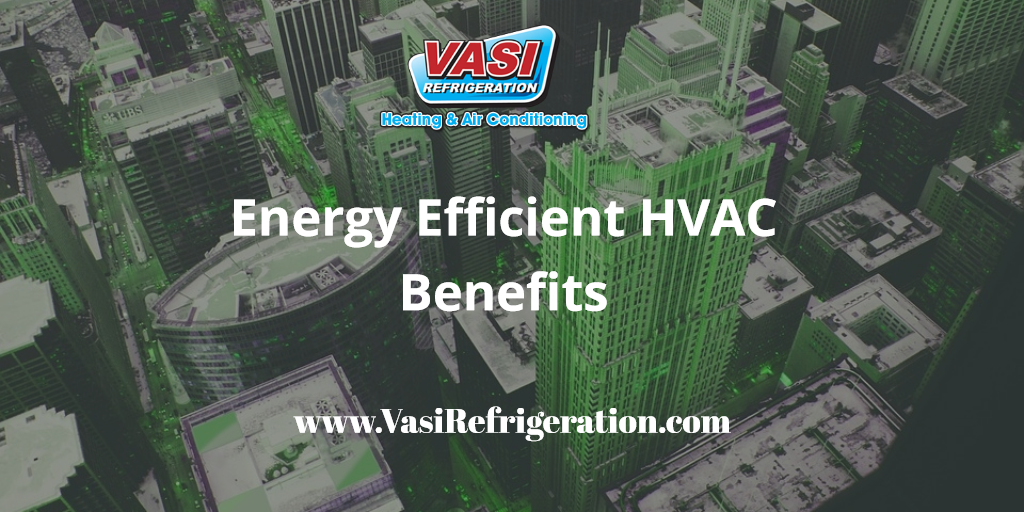HVAC systems consume 13% of all primary energy generated around the world with commercial buildings being the worst offenders using 30% of all energy produced. Not only is this bad for the environment, but it also adds up to large utility bills that in turn are passed on to consumers. With some key changes to mechanical systems: right-sizing HVAC systems, adding building automation systems, upgrading to more efficient equipment, or even making small changes like adding insulation or having the boiler tuned-up, can make a difference in monthly utility costs.
Green Building and Energy Efficient HVAC Options
Building commissioning, re-commissioning, and retro-commissioning will provide a more efficient, environmentally friendly, and cost effective building. Commissioning an HVAC system ensures that it is working as designed and as efficiently as possible. Re-commissioning is commissioning a building that already has an existing system that has been commissioned previously. Retro-commissioning is commissioning a building that had never been commissioned. By testing, analyzing, and adjusting facility HVAC systems, property owners and managers can ensure that they work optimally. The cost of commissioning an HVAC system is quickly recouped through utility bill savings. By commissioning, the average operating cost will be 8-20% below a non-commissioned building.
Green HVAC Productivity and Health Benefits
Indoor air contamination levels can be 25 times higher than outdoor air levels. In fact, indoor air quality is ranked within the top 5 environmental risks to public health according to the United States EPA. By eliminating or reducing inadequate ventilation; biological contaminants, bacteria, molds, pollen, and viruses; and inadequate temperature, humidity, and lighting, building owners can save money due to lost production and health care expenses.
Buildings can succumb to Sick Building Syndrome (SBS), where employees experience decreased health and comfort linked to the time they spend in the building, or Building Related Illness (BRI), in which employees have symptoms of a diagnosable illness directly related to building contaminants. 1.34 million United States’ buildings experience SBS, affecting 20 million workers and costing businesses $6 billion in California alone.
A study showed that employees working in a healthy building saw $400-$500,000 gains in productivity annually. By regularly maintaining and cleaning ventilation ducts, providing day lighting, and having natural ventilation available, studies have shown that employees will be more productive and have less health issues.
Monetary Benefits of Energy Efficient HVAC Systems
Property owners can make buildings more energy efficient through many changes, both small and large. From adding extra insulation or changing to a more efficient light bulb to installing efficient mechanical equipment or new windows – property owners will see savings.
The first monetary benefit of efficient mechanical systems comes during the design phase. Efficient HVAC systems are smaller, and, therefore, use less material.
Once the efficient mechanical system is installed, the next cost savings will come in the form of utility rebates.
The monetary benefits will continue when utility bills begin to arrive. Property owners will notice a significant decrease in their monthly utility costs with high-efficient systems.
Regular HVAC system maintenance will provide a plethora of benefits from healthier employees, resulting in less cost in healthcare and lost productivity, to utility rebates and an environmentally conscious workplace. The costs of Energy Efficient HVAC system maintenance, repair, and upgrades will be recouped easily through the plentiful benefits available through energy efficient programs and improved health.
Don’t Delay Your Comfort! Contact Vasi Today!

